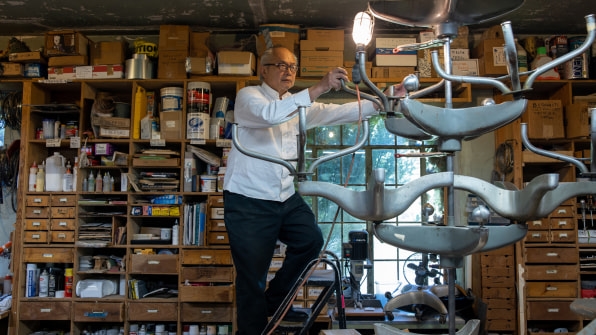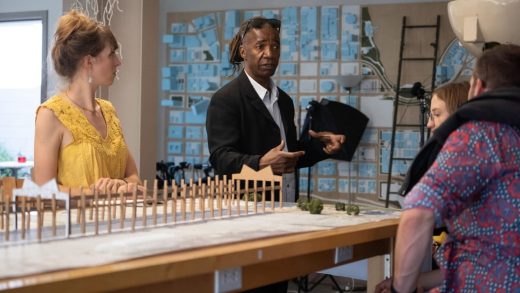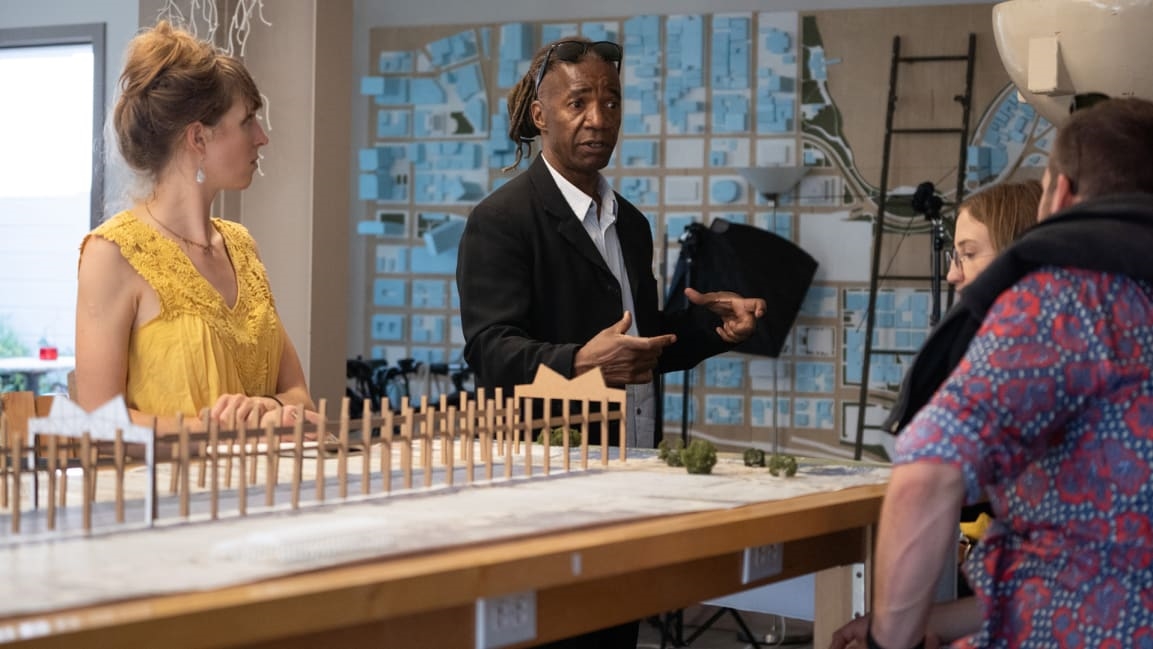Here are the 5 designers and artists who just won MacArthur Genius Grants
2019’s MacArthur Fellows have been announced, and all 26 awardees are, unsurprisingly, gifted innovators in their respective fields. This year, the prestigious annual award, which will bestow grants of $625,000 over a number of years upon honorees, is naming 26 fellows.
They include a refreshing number of individuals whose creative work is in conversation with social justice. Using design and art as a vehicle, these fellows are working to address large-scale political concerns and advocate for environmental change.

[Photo: John D. & Catherine T. MacArthur Foundation]
Mel Chin is an interdisciplinary artist whose collages, sculptures, animated films, and video games address environmental health. His Times Square-based public art installation, Unmoored, was unveiled last year and simulated the feeling of the iconic landmark area submerged under rising sea levels.
Walter Hood, a landscape artist based in Oakland, California, uses public space to enrich marginalized communities; through a combination of architecture and fine art, he has elevated vacant lots and freeway underpasses into sites of rich heritage and belonging.
His forthcoming landscape for the International African American Museum will be comprised of a memorial garden in honor of the enslaved Africans brought to America against their will.
Similarly, Emmanuel Pratt, a Chicago-based urban designer, transforms the city’s underserved neighborhoods into beacons for environmental progress. In 2011, he converted an abandoned warehouse into an aquaponics farm—a rich example of his eye for community development through smart and thoughtful design.
A visual artist, Jeffrey Gibson, is another fellow, whose indigenous heritage plays a central role in his craftsmanship. Gibson uses native North American materials such as sinew and elk hide to create a novel, yet historically rooted contemporary visual language.
Cameron Rowland, another artist, uses design as a commentary on justice; his visual work weaves research with activism in an attempt to make racial and economic inequality plain. Often, his exhibits center on objects built by underpaid prison inmates to shed light on the exploitative labor practices happening behind bars.
Ultimately, these artists and art-adjacent designers have been rewarded for their commitment to both aesthetics and activism—their work offers a promising perspective on our future.
Fast Company , Read Full Story
(34)



